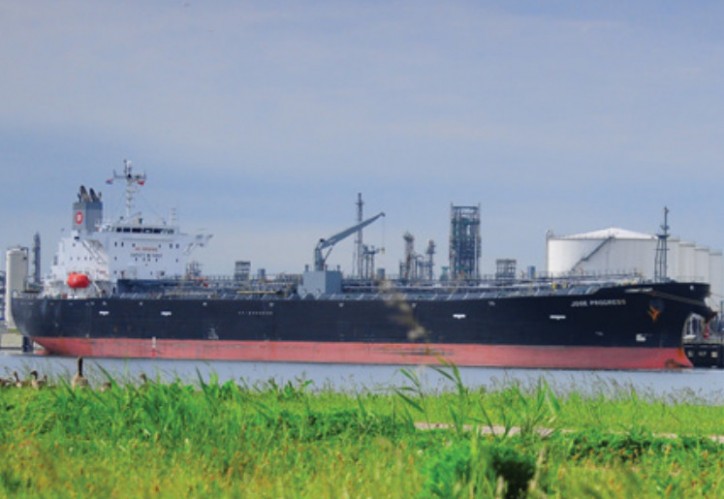The Standard P&I Club provides loss prevention advice on how to ensure that a cargo is shipped in apparent good order and condition focusing on sampling which is a vital process as it can provide the shipowner with an important means of confuting any alleged cargo contamination claims.

The Club notes that in many reported cases, the ship has become an easy target even if she was not at fault and the cargo was contaminated before it was loaded. Therefore, it is very important to take samples at each of the stages of loading and discharging so that they can be compared, to identify the source of the contamination. The stages are:
1. Shore tank sample prior to loading.
2. Manifold sample at the start of loading, preferably with the manifold valve closed if possible; thereafter, spot checks should be carried out during the whole loading operation.
3. Manifold samples during loading whenever there is a change in the shore tank.
4. First foot samples from the cargo tank once cargo is received in the tanks.
5. Final cargo tank samples after completion of loading.
6. Cargo tank samples prior to commencement of discharge at the discharge port.
7. Manifold samples at the start of discharge.
8. Shore tank sample at the discharge port if there is any pre-existing cargo in the tank
The Club note that it is difficult to generalise the sampling procedure for the various liquids which are carried in bulk because of the diversity of the cargoes, the variety of loading procedures and the differing effects on human health and the environment. Safety is vital and utmost care should be taken to avoid any exposure at the time of sampling. Certain chemical cargoes might also require antidotes to be carried on board in case there is exposure to the chemical. The material safety data sheet (MSDS) should be reviewed and the crew should have appropriate training before they undertake any activities where the risk of exposure is high. Hazards must be mitigated by the correct use of personal protective equipment and other safety equipment.
In general, a ‘running’ sample taken by use of a bottle and sample cage is the preferred method; however, for non-homogenous cargoes, zone sampling is required to produce a representative composite sample. The properties of some chemical cargoes require that special sampling procedures be adopted such as excluding air, using specialist sample valves or ‘closed’ sampling methods due to the toxicity or flammability of the cargo. Appropriate safety procedures must be observed and the person taking the samples should always be protected from exposure to the cargo.
Further details about the sampling equipment, the correct steps when checking, labeling and recording samples may be found by reading Standard’s P&I Club loss prevention bulletin on ‘Standard Safety Tankers’
Source: The Standard P&I Club